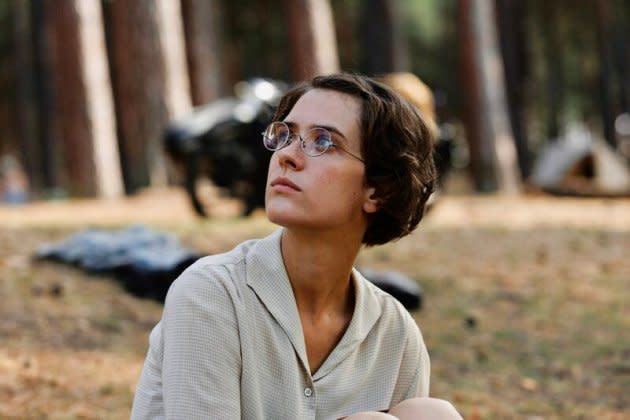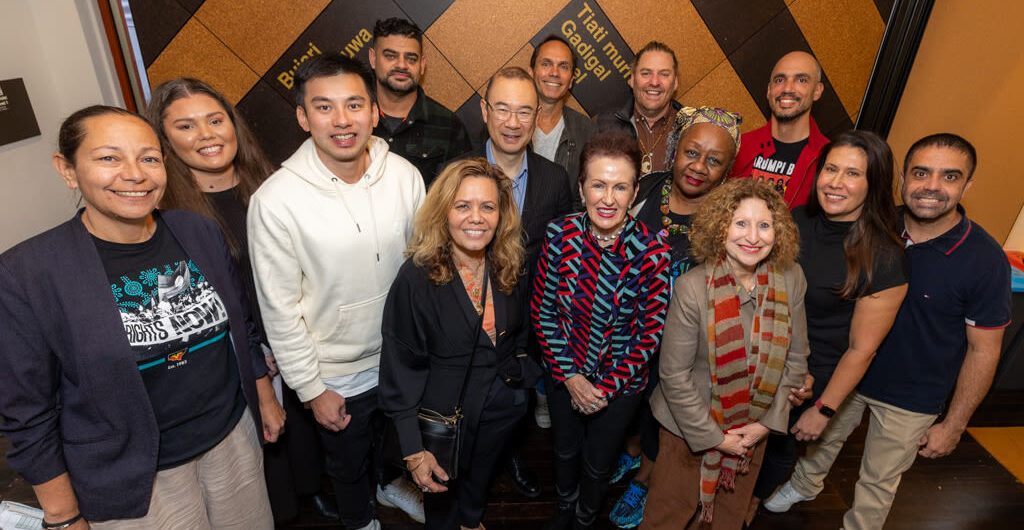
MCA leads green design
Sydney’s Museum of Contemporary Art will become a leader in cutting edge sustainable design with its $53 million facelift.
Designer Sam Marshall has declared the site a triumph in green design by using energy saving and waste reduction methods.
Implemented by the NSW Government Architect, the new museum will benefit from natural ventilation, extensive recycling and a management system turns lights off when spaces aren’t in use.
But the most important feature will be the use of Sydney Harbour waters to manage the air conditioning system.
“The key initiative has been to use a seawater heat exchange system, where the building is heated and cooled by using the water from Sydney Harbour. This will save approximately 30 per cent on power bills,” Mr Marshall said.
MCA director, Elizabeth Ann Macgregor, said that energy saving is a critical and challenging issue for MCA and museums in general, as temperature needs to be under control to protect artworks.
She said that a refurbishment of the old MCA is also on the agenda, with a view to install the new technologies there.
The development of the new structure comes to face a growing number of visitors, with more than half-a-million last year.
Ms MacGregor said the structure of the actual museum is so complicated that tourists can hardly find their way out.
“This new development is important for two main reasons: firstly, the increased number of visitors which put pressure on the old MCA and secondly the emerging interest in our education programs,” she said.
Architect Marshall said the development of the new MCA section is based on the analysis of the old sandstone building and will combine old and new in a figural language coherent to the surrounding areas.
“Other factors that had to be taken into account were the old sandstone building which we had to keep and respect, we had to build over and not disturb the remains of historic docks under the site and how to fit into the historic Rocks and immediate locale of Circular Quay and the Opera House,” he said.
An internal street will connect George Street to Circular Quay, inviting more people inside.
“The new building form is a series of spatial containers that are separated by openings which form windows and external space for views, light and ventilation,” Mr Marshall said.
“There is no back, rear, top or side of the building – all are equally important.”
The new section will feature easy disabled access, dedicated state-of-the-art educational facilities, digital and multimedia rooms, a 120 seat theatre, a library, a roof cafe and a sculpture terrace.
The building will also host the National Centre for Creative Learning within which there will be creative workshops and spaces for the ‘Bella’ program, developed to help children with learning difficulties.
“As well as bringing internationally acclaimed exhibitions to Sydney, the educational facility will take the work of Australian artists to online visitors around the globe,” Ms MacGregor said.
“The Museum will emerge as a global leader in the delivery of world class arts education.”
By Marina Freri









